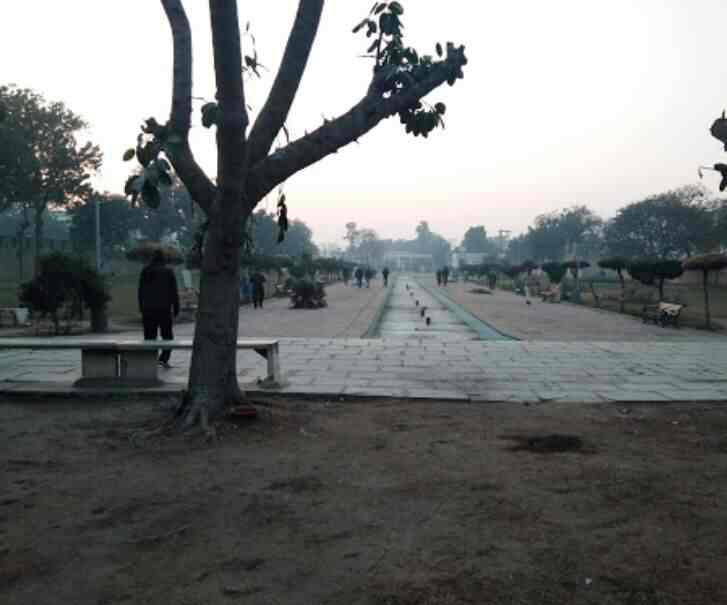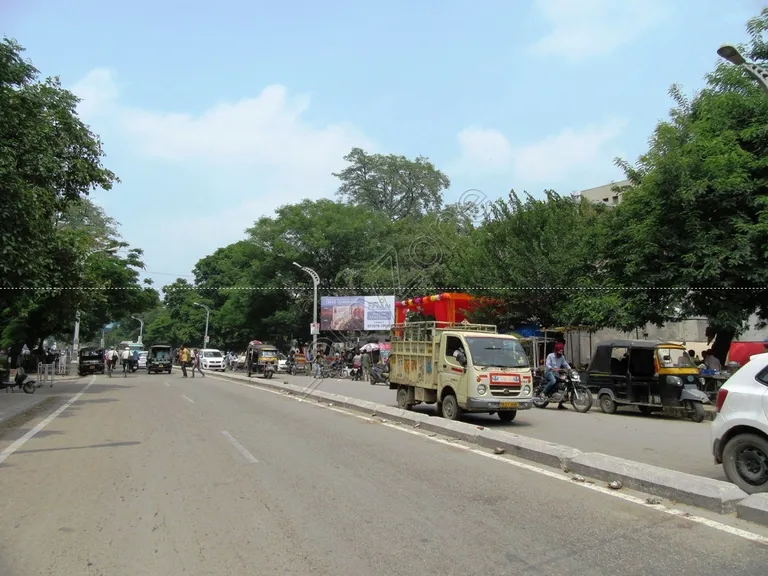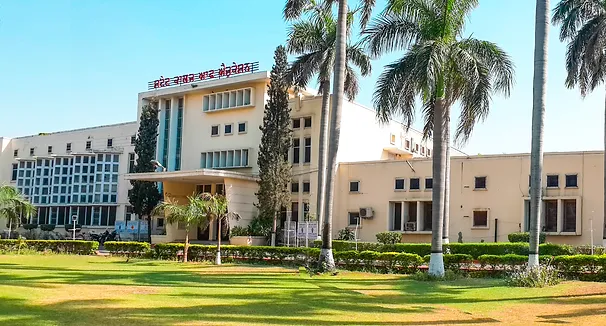Bahadurgarh Fort
A Historical Marvel Along the Sutlej River: Bahadurgarh Fort, situated on the banks of the Sutlej River in Patiala, Punjab, is a historical marvel that dates back to 1658. Built by Nawab Saif Khan, a prominent Mughal general, the fort underwent significant expansions under Maharaja Karam Singh in the 19th century. Its strategic location along the river not only provided natural defenses but also added to its scenic beauty, making it a landmark of historical and architectural significance.
Architectural Fusion: Mughal and Sikh Styles: The architecture of Bahadurgarh Fort is a captivating blend of Mughal and Sikh styles. The fort’s massive walls, sturdy bastions, and intricately designed gates showcase the grandeur of the past. The fusion of these architectural styles is particularly evident in the design of the Delhi Gate, the main entrance to the fort, which features elaborate carvings and a majestic facade.
The Majestic Delhi Gate: Gateway to the Past: The Delhi Gate is the primary entrance to Bahadurgarh Fort and serves as a gateway to its rich history. The gate’s imposing structure, adorned with intricate carvings and a grand facade, reflects the architectural brilliance of the Mughal and Sikh eras. As visitors pass through the Delhi Gate, they are transported back in time, experiencing the grandeur and splendor of Patiala’s royal past.
Exploring the Fort: Treasures Within: Inside the fort complex, visitors can explore a treasure trove of historical wonders. The Sheesh Mahal, or Palace of Mirrors, is a highlight of the fort, renowned for its exquisite mirror work and stunning craftsmanship. Other structures within the fort, such as the Rang Mahal and Jalau Khana, offer further insights into the opulent lifestyle and architectural grandeur of the era.
The Sheesh Mahal: A Palace of Mirrors: The Sheesh Mahal, or Palace of Mirrors, is one of the most beautiful parts of Bahadurgarh Fort. The palace is adorned with intricate mirror work that reflects light in a mesmerizing display of craftsmanship. The Sheesh Mahal is a testament to the artistic skills of the craftsmen of that era and offers visitors a glimpse into the royal lifestyle of the past.
Cultural Hub: Nurturing Arts and Ideas: Bahadurgarh Fort served as a vibrant center for cultural and intellectual exchange. Poets, artists, and scholars from all over the region would gather within its walls, fostering a creative atmosphere that contributed to the flourishing of arts and literature. The fort’s courtyards and halls resonated with the sounds of music and poetry, making it a hub of creativity and inspiration.
Trade and Commerce: A Center of Exchange: In addition to its cultural significance, Bahadurgarh Fort was also a hub of trade and commerce. Merchants and traders from various parts of the country would converge at the fort to exchange goods and ideas, enriching the cultural tapestry of Patiala. The bustling bazaars within the fort were a testimony to the vibrant commercial life of the era.
Preserving Heritage: Bahadurgarh Fort Today: Today, Bahadurgarh Fort stands as a proud symbol of Patiala’s cultural heritage. The fort has been preserved and restored, allowing visitors to experience its grandeur and learn about its rich history. A visit to Bahadurgarh Fort is not just a journey through time; it is a profound experience that offers a glimpse into the glorious past of Punjab.
Address: NH 64, Rajpura – Patiala Rd, Bahadurgarh, Patiala, Bir Bahadurgarh, Punjab 147021




